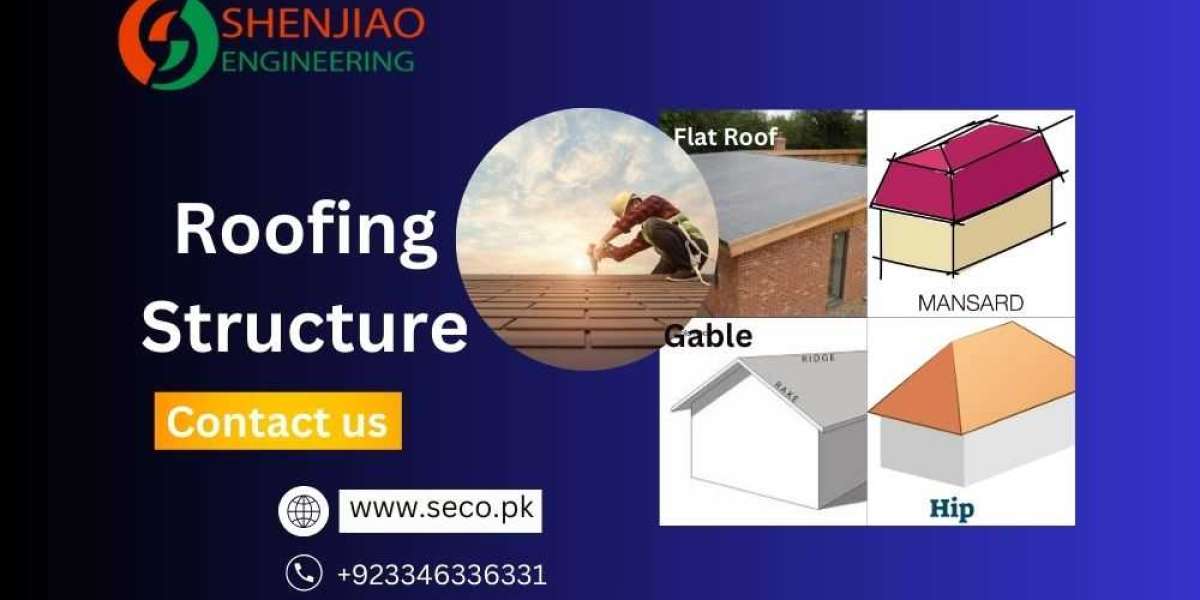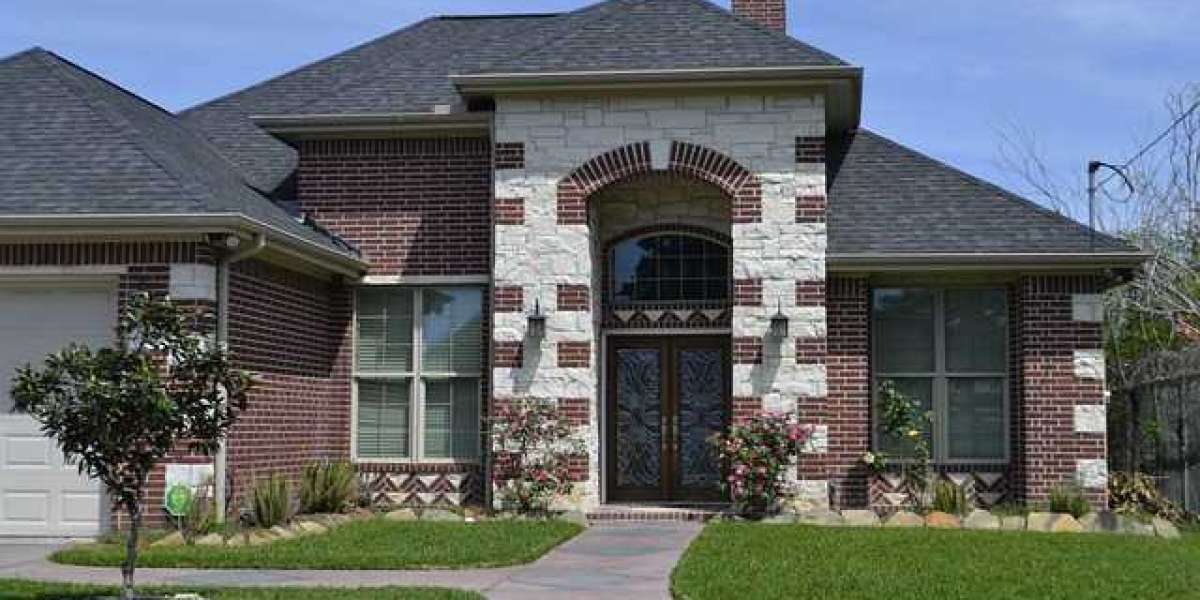The Role of Roofing Structures in Energy Efficiency
Roofing structures play a vital role in energy efficiency by regulating heat transfer, improving insulation, and enhancing ventilation. Innovative designs, such as reflective roofs, green roofs, and solar-compatible structures, help reduce energy consumption and lower utility costs. Choosing the right materials and construction techniques can significantly impact a building's sustainability. A well-designed roof not only provides protection but also creates a more energy-efficient, eco-friendly environment, ensuring long-term savings.
Types of Roofing Structures: Which One Fits Your Needs?
When designing or renovating a building, selecting the right roofing structure is essential. A well-chosen roof not only enhances the aesthetic appeal but also ensures durability, weather resistance, and energy efficiency. This guide explores various types of structures to help you decide which one best suits your project.
Flat Roofing Structures
Flat roofs are popular for modern designs, especially in urban areas. They offer a sleek, minimalist appearance and are often used for commercial buildings or contemporary homes. These roofing structures provide extra usable space for rooftop gardens, solar panels, or HVAC systems. However, they require proper drainage to prevent water pooling, making them ideal for regions with minimal rainfall.
Gable Roofing
Known for their triangular shape, gable roofs are one of the most common types of roofing structures. They are perfect for shedding water, snow, or debris, making them ideal for areas with heavy rainfall or snowfall. Gable roofs are versatile and can accommodate various materials, such as shingles, metal, or tiles. Their simple design makes them cost-effective and easy to construct.
Hip Roofing
Hip roofs feature slopes on all four sides, which converge at the top. These roofing structures are highly stable and durable, making them suitable for regions prone to strong winds or storms. Hip roofs are visually appealing and add a sense of sophistication to residential and commercial properties. While they require more materials and labor, their resilience makes them a worthwhile investment.
Shed Roofing
Shed roofs, also known as single-slope roofs, are a modern and functional choice for small homes, extensions, or sheds. These roofing structures are easy to build and cost-effective due to their simple design. They are also excellent for installing solar panels due to their angular surface. Shed roofs work well in areas with heavy rain, as their slope allows water to drain efficiently.
Mansard Roofing
Mansard roofs are a hallmark of French architecture, featuring a four-sided design with two slopes on each side. The lower slope is steep, while the upper slope is almost flat. These roofing structures maximize interior space, often allowing for additional living or storage areas. Mansard roofs are ideal for homeowners seeking elegance and functionality, though they require skilled professionals for construction.
Conclusion
Selecting the right roofing structure is essential to achieving a balance between functionality, durability, and aesthetics. Whether you opt for a flat roof’s modern look, a gable roof’s practicality, or the eco-friendliness of a green roof, the choice should align with your specific needs and budget. For top-quality solutions, consider collaborating with Chinese Construction Companies in Pakistan, known for their innovative designs and expertise in advanced roofing technologies. With professional guidance, you can ensure that your structure not only enhances your building’s value but also stands strong against time and environmental challenges.













